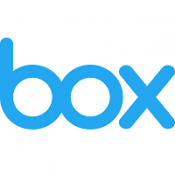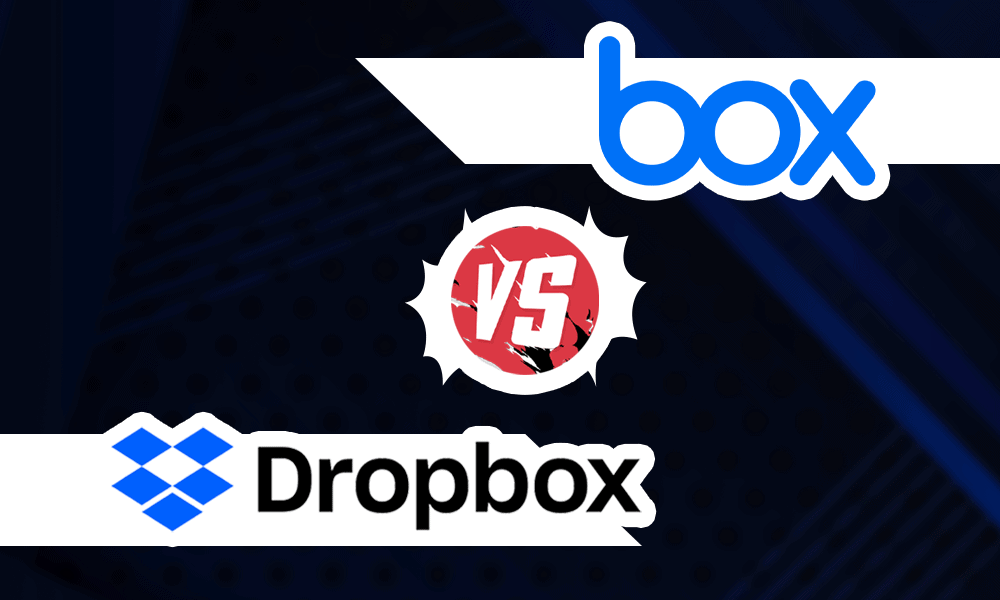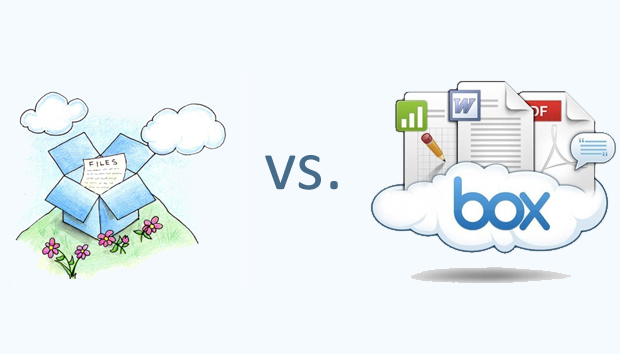

We believe the secret lies in the Atlassian story. But it doesn’t explain why Dropbox is priced at a premium to SaaS peers despite lower than average growth and margins.

This clues us in to why Box has such an abysmally low multiple for a SaaS company. Using the same process as we did for Dropbox above, we found that Box had a magic number of 0.38 in the most recent quarter, and 0.31 is the prior two quarters. We can quickly find the numbers we need to calculate Dropbox’s magic number using Sentieo’s Document Search, and then export the table to Excel.Īs a rule of thumb, a SaaS magic number above 1 is good, and a number below. The magic number is a ratio used to measure how efficiently a company grows its annualized recurring revenue relative to sales and marketing expenses. This leads us to a key metric used in the SaaS industry: the magic number. Dropbox has grown primarily through a highly efficient marketing function and self-serve model, while Box has grown through a traditional, and more expensive, enterprise sales model. However, Dropbox enjoys much higher operating margins with a 21.4% adjusted EBITDA margin compared to -3.2% for Box.īy digging deeper into the operating margins, we find that the difference between the two companies seems to come down to the approaches of their growth strategies. 27% for Box and Dropbox earns gross margins of 71.2% versus 73.3% for Box. FY 2018 growth for Dropbox is forecasted at 20.5% vs. This valuation gap could be justified if Dropbox is growing faster or has a higher margin business. Box, meanwhile, operates at 5.8x revenue multiple, well below the 9.6x median for its peers. For enterprise SaaS companies that are still rapidly growing, traditional valuation ratios like PE and EV/EBITDA are not as relevant, so we looked at Enterprise Value to Sales multiples, along with key operating metrics across a broad range of enterprise SaaS companies, using Sentieo’s Comparable Analysis feature:ĭropbox’s EV/Sales multiple comes in at around 9.6x 2018 forecasted revenue. Let’s take a look first at valuation metrics. It’s no coincidence that they even share similar names. Both companies operate in the field of cloud storage and file hosting. While the IPO was a success, there remains some skepticism about the valuation, especially when compared to Box, Dropbox’s closest peer.

With the company’s first earnings call coming this afternoon, we decided to take a closer look. The stock has been hovering around $30 ever since then, almost double the initial IPO range of $16-18, making it one of the most valuable publicly-traded enterprise SaaS companies. The Dropbox IPO on March 23 was big news, as the market welcomed the newcomer with a 35% surge on its first day of trading. Box: The Story of Enterprise SaaS Multiples


 0 kommentar(er)
0 kommentar(er)
